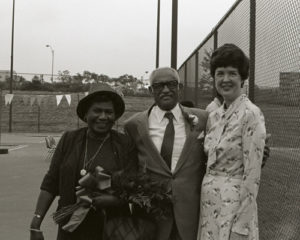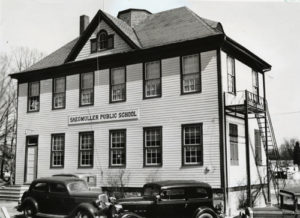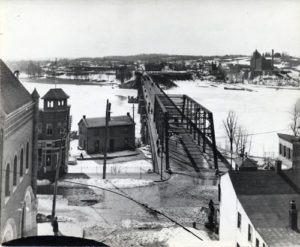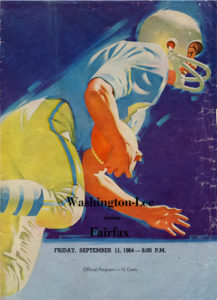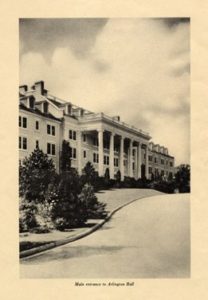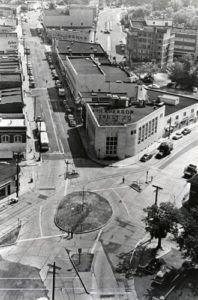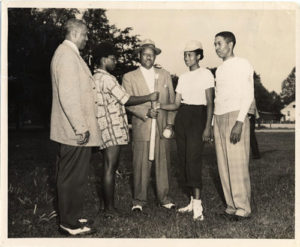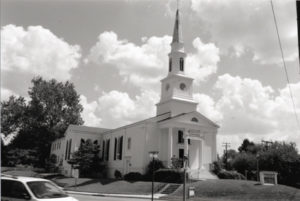
Home to one of the earliest church congregations in Arlington County, the unique history of Walker Chapel is that of both change and tradition.
Located at the present address of 4102 North Glebe Road, the original Walker Chapel was built in 1871, six years after the end of the Civil War, and only a year after the end of Arlington County’s occupation by the Union Army. Initially a junior church of the Mount Olivet Circuit, the chapel was situated on land donated by Robert and James Walker, whose father David Walker was buried in the adjacent Walker (Family) Grave Yard. The original building was a single room frame structure with a small belfry and basement, seated near the upper part of the graveyard. A new church was built at the opposite end of the cemetery in 1903, with further additions taking place in 1952 and 1954, including the construction of an education and administrative building. The original chapel continued to be used for Sunday School classes prior to its demolition in 1930. The photograph above was taken in August, 1996, before the extensive renovations of 1999; the result is the stately white brick church that stands today.
What about you? Have you been to Walker Chapel? We’d love to hear from you.
